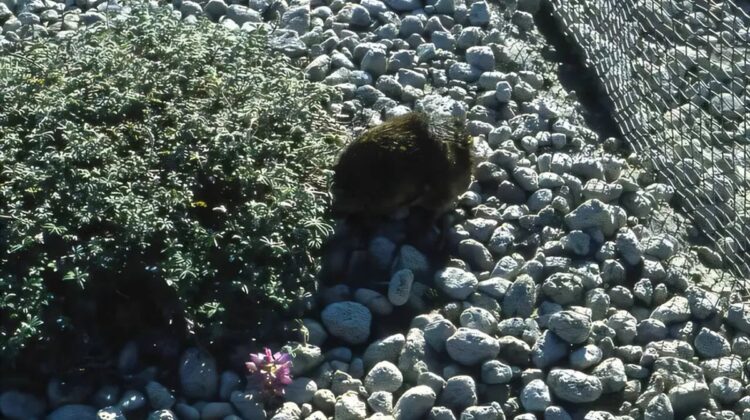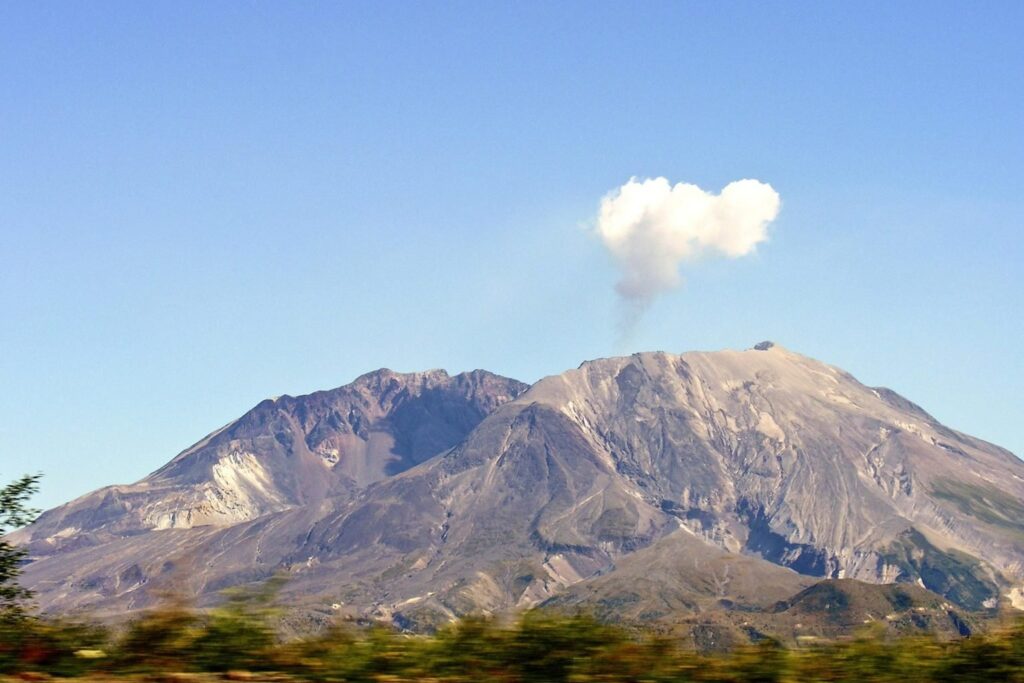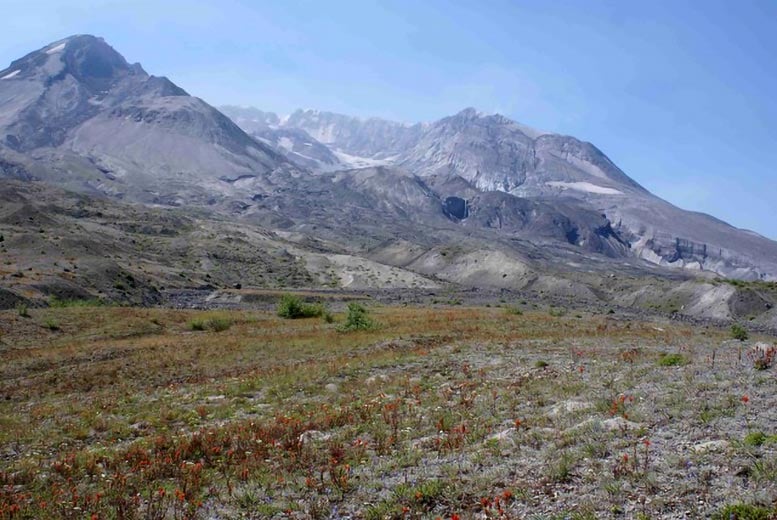
In a surprising twist of fate, a group of gophers played a crucial role in the ecological recovery of Mount St Helens after its devastating 1980 eruption.
A Day Trip with a Lasting Impact
Shortly after the eruption, scientists embarked on an unconventional experiment. They introduced gophers to the barren landscape, hoping to accelerate the recovery process. These industrious rodents, often seen as pests, proved to be invaluable allies in nature’s restoration efforts.

The Power of Soil Microbes
The gophers’ digging activity brought nutrient-rich soil to the surface, creating ideal conditions for plant growth. More importantly, they disturbed the soil, stimulating the growth of beneficial fungi and bacteria. These microorganisms play a vital role in nutrient cycling and plant health.

A 40-Year Legacy
Forty years later, the impact of the gophers’ one-day excursion is still evident. The areas where they were introduced exhibit greater biodiversity and healthier ecosystems compared to the surrounding areas. This remarkable discovery highlights the intricate web of life and the unexpected ways in which organisms can contribute to ecological recovery.
Fungi: The Unsung Heroes
While the gophers deserve credit for their role, it’s the fungi that truly stole the show. These microscopic organisms formed symbiotic relationships with trees, helping them to recover from the devastating effects of the eruption. By breaking down organic matter and providing essential nutrients, fungi played a critical role in restoring the forest ecosystem.

Lessons for the Future
The story of Mount St Helens offers valuable insights into ecological restoration and the importance of understanding the complex interactions between organisms. By studying the recovery process, scientists can develop more effective strategies for restoring damaged ecosystems around the world.
As we continue to face environmental challenges, it’s essential to appreciate the resilience of nature and the vital role that seemingly insignificant creatures can play in shaping our planet’s future.

Leave a Reply